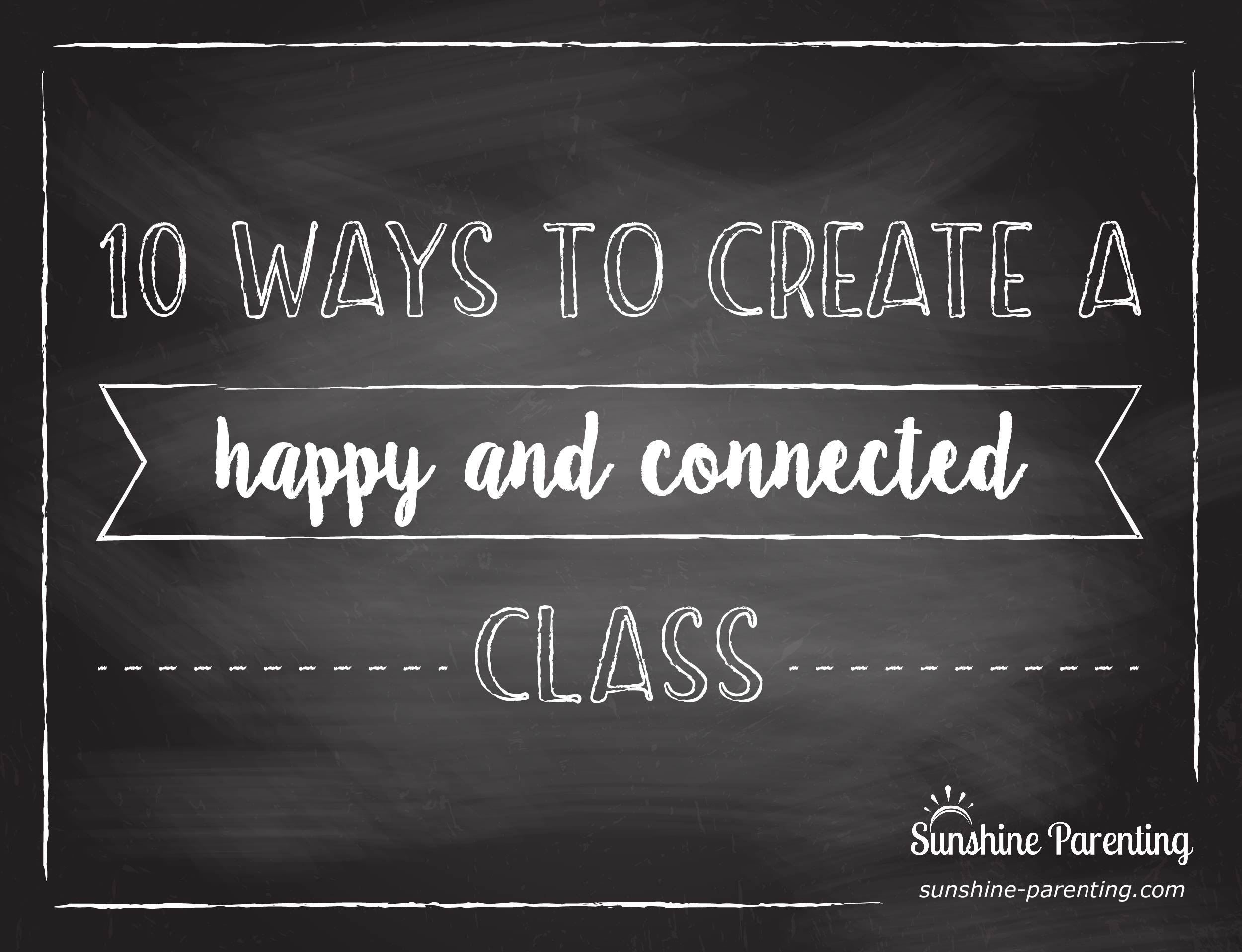
Part of the “magic” of camp is that from the first moment, we focus on building relationships and getting our cabin groups connected. We train our counselors to help kids develop social skills so they can form friendships and feel a bond with their peers.
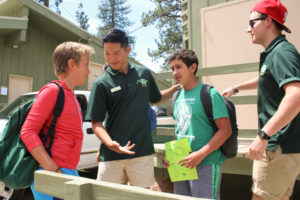 The minute kids arrive at camp (or get on the bus to go to camp), counselors help them get to know each other. Friendships form quickly and kids feel comfortable together. With this comfort level, kids are then open to challenging themselves and taking risks in front of each other. And that’s when they grow. The connections create an environment where kids can learn the social and recreational skills camp offers.
The minute kids arrive at camp (or get on the bus to go to camp), counselors help them get to know each other. Friendships form quickly and kids feel comfortable together. With this comfort level, kids are then open to challenging themselves and taking risks in front of each other. And that’s when they grow. The connections create an environment where kids can learn the social and recreational skills camp offers.
With five kids of my own having started numerous classes, sports, and clubs over the years, I’m amazed at how the majority of the time, the teacher, coach, or leader just jumps straight into the content. Teachers go over the syllabus, coaches start a drill, club leaders launch into rules. By skipping over the connection piece, the kids are left, most likely, feeling more concerned about who their friends are going to be than what’s going on in the class, team, or club.
When I have seen this with my own children, I have sat back on the sidelines wondering, “Can you at least have the kids introduce themselves, so they know who they’re passing the ball to?” But I have never wanted to be THAT parent, so I kept quiet.
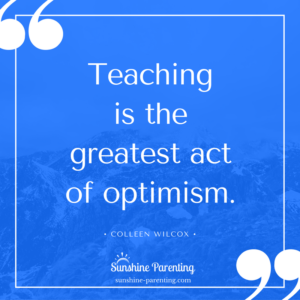 In the classroom or on the field, no one feels comfortable raising their hand and asking what may be a “stupid” question unless they feel happy and accepted; until they do, kids won’t really get all they need from the experience.
In the classroom or on the field, no one feels comfortable raising their hand and asking what may be a “stupid” question unless they feel happy and accepted; until they do, kids won’t really get all they need from the experience.
For any teachers who are reading this (thank you, by the way, I know you’re super busy right now!), you have an amazing opportunity to do more than just teach your students this year. You can create an amazing, connected community in your classroom that positively impacts your students’ lives in ways far beyond their academic learning. By spending just a few minutes on some things outside the “Common Core”—but so very important in life—you can create your own summer camp magic in your classroom.
I’ve heard from MANY former camp counselors turned teachers that the team and relationship-building activities they learned at camp have been extremely useful in their 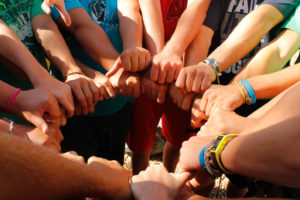 classrooms. Just like I believe all parents should at least go through camp counselor training, I wish all teachers could spend a summer as a camp counselor.
classrooms. Just like I believe all parents should at least go through camp counselor training, I wish all teachers could spend a summer as a camp counselor.
In just a few minutes, teachers and coaches can help kids feel more comfortable, experience being part of a community, and be more open to learning and collaborating with each other.
Try one or more of these 10 activities and see how your class transforms into a happy, connected place!
#1 Human Bingo: One camp favorite get-to-know-you game is Human Bingo. You create a bingo-style sheet and you give kids five or ten minutes to talk to each other, get a name to fill in for a box, and eventually get “Bingo.” This site has a template you can download and use to put your own categories on it. This is a low stress, non- embarrassing game. Have some small, fun prizes for different bingo categories (line, blackout, etc.)
#2 Sticky Note Fun: I haven’t tried this (since we don’t have white boards at camp), but I think it’s such a great idea in a classroom. Have a fun topic or question each day, and each student writes their answer on a sticky note and puts it up on the board. You can share some, have kids guess who answered what, etc. I’ve seen so many great pictures on Pinterest of fun questions you can ask and topics that kids can write a sticky note answer for. Here are some examples:
• Throw it away Thursday: If you could only keep one thing, and had to throw away all the rest of your possessions, what would you keep?
• Fri-YAY: Why are you glad it’s Friday?
• Describe what makes you a great friend
You get the idea! Search “sticky note questions on a white board” on Pinterest and you will get TONS of fun ideas!
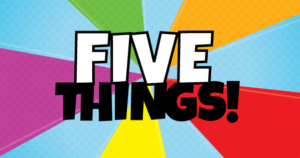 #3 Five Things: We often play this at our first campfires. Since it requires yelling and participation, it captures kids’ attention. Especially with an older group, I’d get some class leaders to demonstrate before playing so that you get “buy in.” For the first play through, have five specific things written on the board. For example – your name, your favorite food, favorite book or movie, favorite subject, and favorite animal. Everyone chants “Five things, five things, five things, five things, FIVE THINGS!” When the person says the first thing, everyone chants, “ONE!” After the second thing, “TWO!” etc. After the five things, the Five Things chant is repeated and you go on to the next person. Once your class learns this game, you can use it for other categories, things they’ve learned, stuff they did over vacation, etc. Even if they’re skeptical at first, I promise they’ll end up enjoying it. Like I said, get a few key kids to learn it and demonstrate! I think it could be really fun!
#3 Five Things: We often play this at our first campfires. Since it requires yelling and participation, it captures kids’ attention. Especially with an older group, I’d get some class leaders to demonstrate before playing so that you get “buy in.” For the first play through, have five specific things written on the board. For example – your name, your favorite food, favorite book or movie, favorite subject, and favorite animal. Everyone chants “Five things, five things, five things, five things, FIVE THINGS!” When the person says the first thing, everyone chants, “ONE!” After the second thing, “TWO!” etc. After the five things, the Five Things chant is repeated and you go on to the next person. Once your class learns this game, you can use it for other categories, things they’ve learned, stuff they did over vacation, etc. Even if they’re skeptical at first, I promise they’ll end up enjoying it. Like I said, get a few key kids to learn it and demonstrate! I think it could be really fun!
#4 Snowball Fight: Kids love to throw stuff, so why not have them get something out of it? You can use a “Snowball Fight” in your classroom as a get-to-know you activity or as a review for something they’ve learned. For a get-to-know you game, have each student write their name and three things about themselves. Once everyone’s ready, have them crush their paper into a “snowball.” Have the “fight” (throwing the papers around the room at each other) last for 30-45 seconds, then each student picks up the closest “snow ball,” finds the person who wrote it, and meet them! As a way of connecting throughout the year, kids can write a question on their snowball, throw them around, and answer the question they end up with.
#5 Paired Share: This is a great listening activity that I think could be used both for 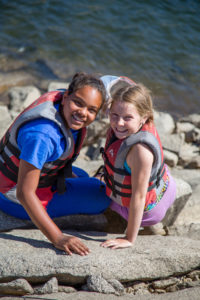 getting to know each other AND for reviewing something you’re learning in class. Kids are paired up and each person has one minute to talk while the other person listens. The listener recaps what the person said. Then they switch.
getting to know each other AND for reviewing something you’re learning in class. Kids are paired up and each person has one minute to talk while the other person listens. The listener recaps what the person said. Then they switch.
#6 Spotlight: This is the older kid equivalent of “Star of the Week.” Once kids know each other, have a person once a week who’s in the “Spotlight.” Other students can compliment him or her verbally or on sticky notes on the white board (or both). Spotlight could also include the student sharing a story or some interesting facts about him or herself.
#7 Circle Share: This doesn’t have to be done in a circle. You can have kids stand up or sit down or move to the other side of the room. Basically, you have a category, like “I’m the youngest kid in my family.” Everyone for whom this is true stands up or moves.
 #8 Inspirational Read Aloud: One of our counselors read The Energy Bus aloud to his teenage campers this summer. Do you have a favorite, inspirational read? Even older kids like being read aloud to, so pick something that will inspire them and read to them for 5-10 minutes each day (or have them read it)! One of my personal favorites is Wonder, but pick what appeals to you! A lot of Chicken Soup for the Soul stories are good and can provide a great basis for a meaningful discussion. Reading a story or book together can really bring your class together.
#8 Inspirational Read Aloud: One of our counselors read The Energy Bus aloud to his teenage campers this summer. Do you have a favorite, inspirational read? Even older kids like being read aloud to, so pick something that will inspire them and read to them for 5-10 minutes each day (or have them read it)! One of my personal favorites is Wonder, but pick what appeals to you! A lot of Chicken Soup for the Soul stories are good and can provide a great basis for a meaningful discussion. Reading a story or book together can really bring your class together.
#9 The “Cake Hour”: If you only do one thing, PLEASE try this! I learned about this after talking with Jessica Alexander about her book, The Danish Way of Parenting. Danish kids learn empathy in school because teachers prioritize connection time each week. If food is included, I promise kids will look forward to and benefit from this time! Maybe think up a weekly Question for Connection to use. And maybe you don’t have an hour. That’s okay. How about setting aside just 15 or 20 minutes?
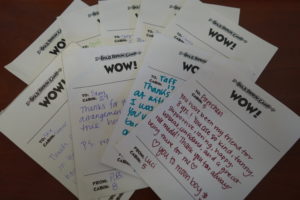 #10 WOWs: Okay, I take back what I said in #9. Please also do WOWs in your classroom! Take just a minute — literally ONE MINUTE — each day to read positive things kids have written about each other. Appropriate topics include kind things kids have done, hard work kids have done to accomplish something, or anything else positive that’s gone on in your classroom. You can keep a “WOW Box” (or call it a Compliment Box, make it a jar, or whatever!). I promise kids will love writing and hearing WOWs, and it will motivate them to be kind and look for the positive in others! You can also keep an on-going WOW Bulletin Board!
#10 WOWs: Okay, I take back what I said in #9. Please also do WOWs in your classroom! Take just a minute — literally ONE MINUTE — each day to read positive things kids have written about each other. Appropriate topics include kind things kids have done, hard work kids have done to accomplish something, or anything else positive that’s gone on in your classroom. You can keep a “WOW Box” (or call it a Compliment Box, make it a jar, or whatever!). I promise kids will love writing and hearing WOWs, and it will motivate them to be kind and look for the positive in others! You can also keep an on-going WOW Bulletin Board!
If you try one or more of these activities, I’d love to hear how it goes for you! Send me an email or comment here.
Have a happy, connected school year!
Subscribe to my weekly email and get my latest podcast episodes and posts right in your email box!
Resources/Related:
4 Ways to Make School More Like Camp
Why Can’t School be More like Camp?
Teaching kids empathy: In Danish schools, it’s … well, it’s a piece of cake
Top 10 Get to Know You Games
40 Icebreakers for Small Groups
35 Uses for Post-It Notes in the Classroom
Increase Student Interaction with “Think-Pair-Shares” and “Circle Chats”
7 Easy Icebreakers You Can do With Post-It Notes
